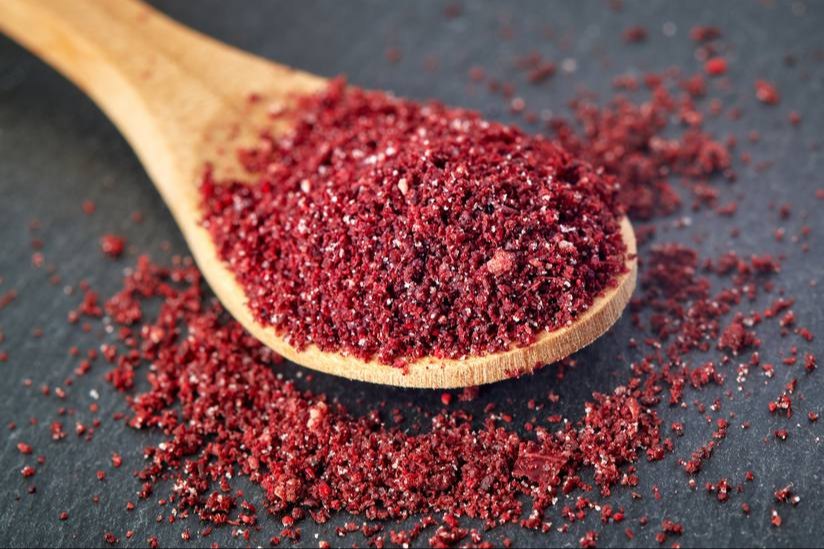
Middle Eastern cuisine is a sensory adventure—fragrant spices, bold flavours, and dishes that tell stories of tradition and culture. It invites you to explore a world of culinary magic, from cumin’s earthy warmth to rosewater’s floral aroma.
Let’s dive into the heart of this rich cuisine by exploring its essential spices and how they come alive in some iconic recipes.
Why Middle Eastern Cuisine is Unique
Middle Eastern cooking celebrates balance. It’s where savoury meets sweet, and simplicity meets sophistication. But the real magic? The spices.
Imagine the vibrant yellows of turmeric, the deep reds of sumac, and the fragrant greens of za’atar. These spices aren’t just for flavour—they bring colour, aroma, and history to every dish.
Quick Question: Have you ever tasted a dish and wondered, “What is that secret ingredient?” In Middle Eastern cuisine, the clever use of spices often creates that mystery.
Essential Middle Eastern Spices
Here are the stars of Middle Eastern kitchens, each with its own story and purpose:
Idea: Open your spice cabinet. Do you have any of these? If not, make a list and explore them individually in your cooking.
Middle Eastern Recipes to Try at Home
Now that you know the spices, let’s explore their use in classic dishes. These recipes are simple enough for beginners yet capture the essence of Middle Eastern flavours.
Ingredients:
Steps:
Tip: Taste as you blend. Do you prefer it to be tangier? Add more lemon. Creamier? A bit more tahini does the trick.
Ingredients:
Steps:
Chef Abdul’s Insight: “The beauty of shakshuka is its versatility. Add chilli for heat or crumble feta on top for extra creaminess.”
Ingredients:
Steps:
Try making your garlic sauce! Blend four garlic cloves, one egg white, and one cup of oil slowly while adding a splash of lemon juice. It’s creamy and delicious!
Ingredients:
Steps:
Idea: Gather your family or friends and make baklava together—it’s a perfect bonding activity!
Bringing Middle Eastern Flavors into Your Home
Middle Eastern cooking is about more than just food—hospitality and connection. Here’s how you can embrace its spirit:
“Middle Eastern cuisine is a journey through culture, history, and flavour. Don’t just follow recipes—feel the spices, taste as you cook, and make every dish your own. The beauty lies in the experience.”
Are you ready to explore Middle Eastern flavours? Whether it’s a simple hummus or a festive baklava, every dish you try brings you closer to this rich culinary tradition. Yalla, let’s cook!
So, what will you try first? A rich Coq au Vin? A delicate soufflé? Whatever you choose, remember: French cuisine is about enjoying the journey as much as the destination. Bon appétit!
Chef Abdul © Copyright 2024. All rights reserved.